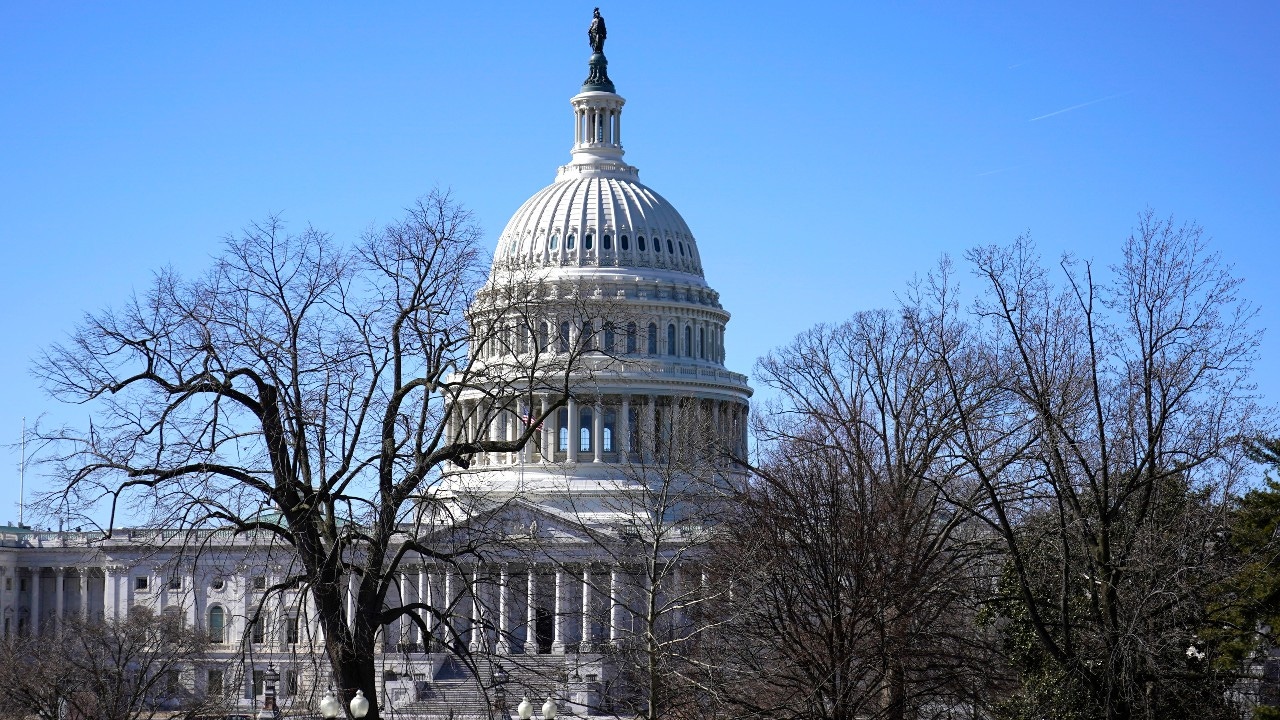Panel releases Minnesota’s new redistricting plans
[anvplayer video=”5089901″ station=”998122″]
Minnesota’s judicial redistricting panel released the state’s new congressional and legislative maps that will take effect for this year’s midterm elections.
The state’s current balance of four Republican and four Democratic representatives in the U.S. House could be thrown for a loop with a radical shift in geography for the 2nd Congressional District, which by far had the most competitive race in 2020.
Democratic Rep. Angie Craig won reelection by less than 10,000 votes and will now have to contend with the loss of Goodhue and Wabasha counties and the addition of Le Sueur County in her campaign for a third term, which she announced on Tuesday.
“While I am, of course, disappointed that the new boundaries do not include all of the cities and towns that I currently represent in Congress, I look forward to being the voice of several new communities across Minnesota,” Craig said in a statement. “I look forward to earning voters’ support across the new MN-02 and ensuring that they have a voice in Washington who prioritizes them over special interests and works to find common ground.”
“She did lose some rural Republican areas, but she picked up some Republican areas and she lost some Democratic areas in southern Ramsey County,” says Carleton College Political Analyst Steven Schier. “All that makes the district competitive between the two parties.

The U.S. Capitol as seen from the Supreme Court Friday, Feb.11, 2022, in Washington. (AP Photo/Mariam Zuhaib)
The changes to the 1st Congressional District spanning Minnesota’s southern edge are more or less the inverse of the alterations to the 2nd District’s map. The territory now represented by Republican Rep. Jim Hagedorn will extend to Goodhue and Wabasha counties but loses Cottonwood County and part of Brown County to the 7th District.
The 8th Congressional District, currently represented by Republican Rep. Pete Stauber, was expanded to include all of the tribal reservations in the northern part of the state. The addition of the White Earth Band and Red Lake Nation reservations means the district now extends as far west as Mahnomen County and as far north as Angle Inlet.
The 8th District expanded southward, too. The redistricting panel reapportioned the northern part of Washington County, which was once part of the 6th Congressional District.
The 7th Congressional District, which spans nearly the entirety of Minnesota’s border with the Dakotas, gained Wadena and Morrison counties and part of Hubbard County. The 6th District now encompasses all of Carver County.
The 3rd Congressional District — represented by Democratic Rep. Dean Phillips in the west metro — lost the northeastern portion of Carver County that includes Chanhassen, Chaska, Laketown and Victoria and is now almost entirely contained to Hennepin County, with the exception of Anoka, Coon Rapids and a sliver of Ramsey.
Hopkins is now wrapped into the 3rd District along with a larger portion of Edina. The second-ring Minneapolis suburb was once part of the 5th Congressional District, the home of Democratic Rep. Ilhan Omar. The 5th District’s boundaries were unchanged otherwise, despite a push for Brooklyn Park and Brooklyn Center to be united in the same district.
In a statement, Omar praised the judiciary panel for maintaining the 5th District as “one of the least gerrymandered Congressional Districts in the country.”
To the east, Democratic Rep. Betty McCollum’s 4th Congressional District was slimmed down in its profile, ceding Newport to the 2nd Congressional District in the south and a chunk of Stillwater Township to the 8th Congressional District in the north.
The full congressional map can be seen below:
The changes to Minnesota’s legislative map are much more minuscule and require more analysis. But before commenting on the result of the new House and Senate maps, DFL party leadership expressed gratitude for public testimony that went into the redistricting process.
“I am grateful to Minnesota’s Special Redistricting Panel for its hard work and diligence,” DFL Party Chairman Ken Martin said. “The Panel’s collection of public testimony from both individuals and communities across Minnesota was essential to the difficult and meticulous process of crafting state legislative and congressional maps.”
The full legislative maps can be seen below:
The redistricting process happens every 10 years to reflect the latest census data.
After the DFL-controlled House and GOP-controlled Senate failed to agree on a redistricting plan for the state’s eight seats in Congress, 67 Senate seats and 134 House seats, Minnesota Supreme Court Chief Justice Lorie Gildea appointed a panel of five judges to take up the task.
The new maps do pit several incumbent lawmakers against each other in the same district, including many of the same party. Two notable examples are DFL Senate Minority Leader Melisa Lopez Franzen of Edina and DFL Sen. Ron Latz of St. Louis Park paired in the same district. In the House, GOP Minority Leader Kurt Daudt of Crown and Republican Representative Sondra Erickson of Princeton, first elected in 1998, are now in the same district.
The judges’ ruling Tuesday states that the Legislature has the authority to draw completely new districts, but since they could not reach an agreement, the judiciary panel must start with the existing maps and adjust the boundaries to accommodate for shifts in population.
It will take time for the ramifications of the new Minnesota House and Senate maps to play out, but a deluge of lawmaker retirements is to be expected ahead of the midterms.